It has been known that most of the substances that are of significance to life are water-soluble, such as various ions and sugars. They need to enter the cells, and the water-soluble wastes produced during the life activities need leave the cells. Ion channels are made up of special proteins. They assemble and embed in the cell membrane. The pores form in the middle occupied by water molecules. These pores…
Three-Dimensional Structures of the Herpesvirus HSV-1/HSV-2 Capsid Revealed
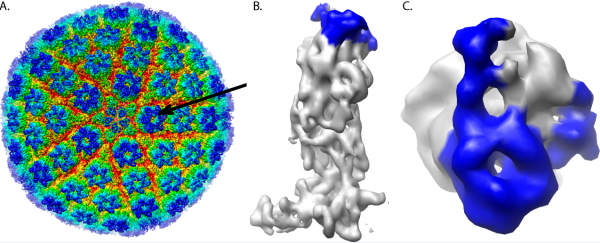
Herpesvirus is one of the most complex viruses both genetically and structurally. It spreads efficiently to host populations and leads to a range of human diseases, including congenital defects and cancers. The herpesvirus assembly pathway produces three different types of capsids: A-, B-, and C-capsids. All three capsid types have a mature, angled shell and a similar assembly mechanism. However, little is known about the structure and assembly mechanism…
Nature: Further Progress in Three-dimensional Structure of Piezo1 Ion Channel and Its gating Mechanism Analysis
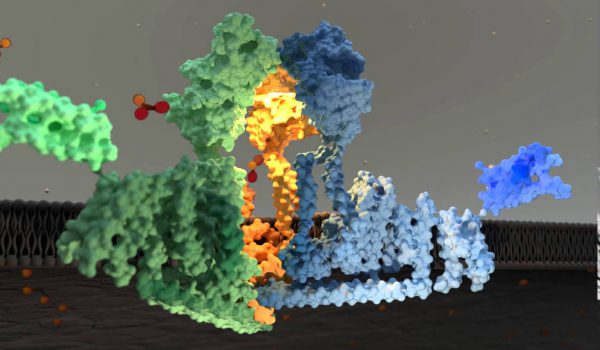
With the funding of the National Natural Science Foundation of China, the Xiao Bailong Task Force of the School of Medicine of Tsinghua University and the Li Xueming Research Group of the Tsinghua University College of Science and Technology undertook a collaborative study. The research results were published in Nature, titled as Structure and Mechanogating Mechanism of the Piezo1 Channel. This study reveals the high-resolution, three-dimensional structure of…
Scientists Find the Key DNA Structures Promoting Tumor Growth
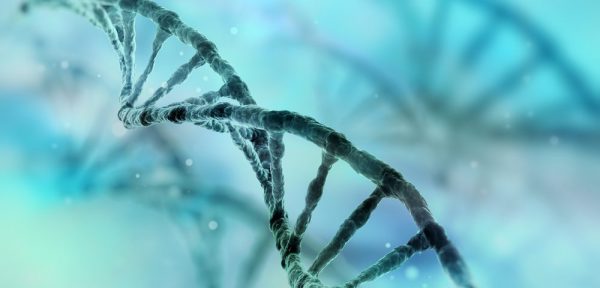
Genetic mutations increase the risk of cancer, but other “enhancer” elements of genes also have an impact on the worsening of the disease. According to a recent article from Case Western Reserve University researchers published on Nature Communications, scientists found that changes in the DNA enhancer region of the oncogene affect the growth of colorectal cancer. Therefore, this finding can be used as a target for future drug research. …
Researchers Decrypted the Black Box of Neuronal Synapses
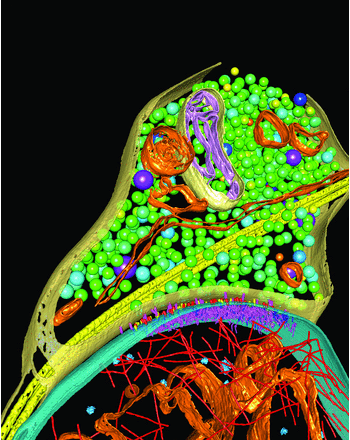
On the Feb. 10th, 2018, it was learned from the University of Science and Technology of China that researchers at the university made breakthroughs in resolving the ultrastructure of synapses using cryo-electron microscopy and decrypting the black box[1] of synapses. Recently, The Journal of Neuroscience, an international journal of the American Academy of Neuroscience reported this discovery in the form of a journal cover. Synapse is the most…
Science Jokes: Something Funny
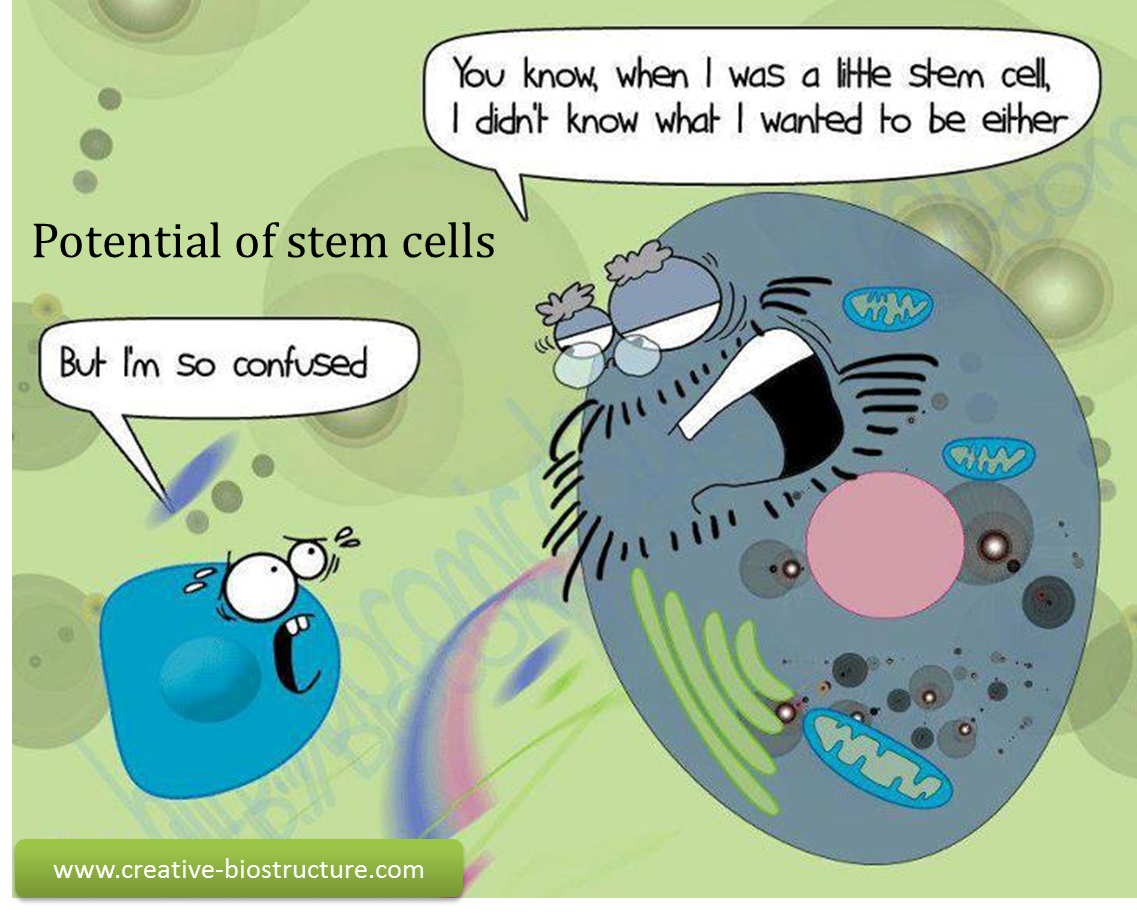
You enter the laboratory and see an experiment. How will you know which class is it?… If it’s green and wiggles, it’s biology… If it stinks, it’s chemistry… If it doesn’t work, it’s physics. We have to stop talking about mitosis… It’s such a divisive issue. What kind of chain is edible?….A food chain! Did you hear about the famous microbiologist who traveled in thirty different countries and learned to speak…
Cell Free Protein Synthesis Introduction
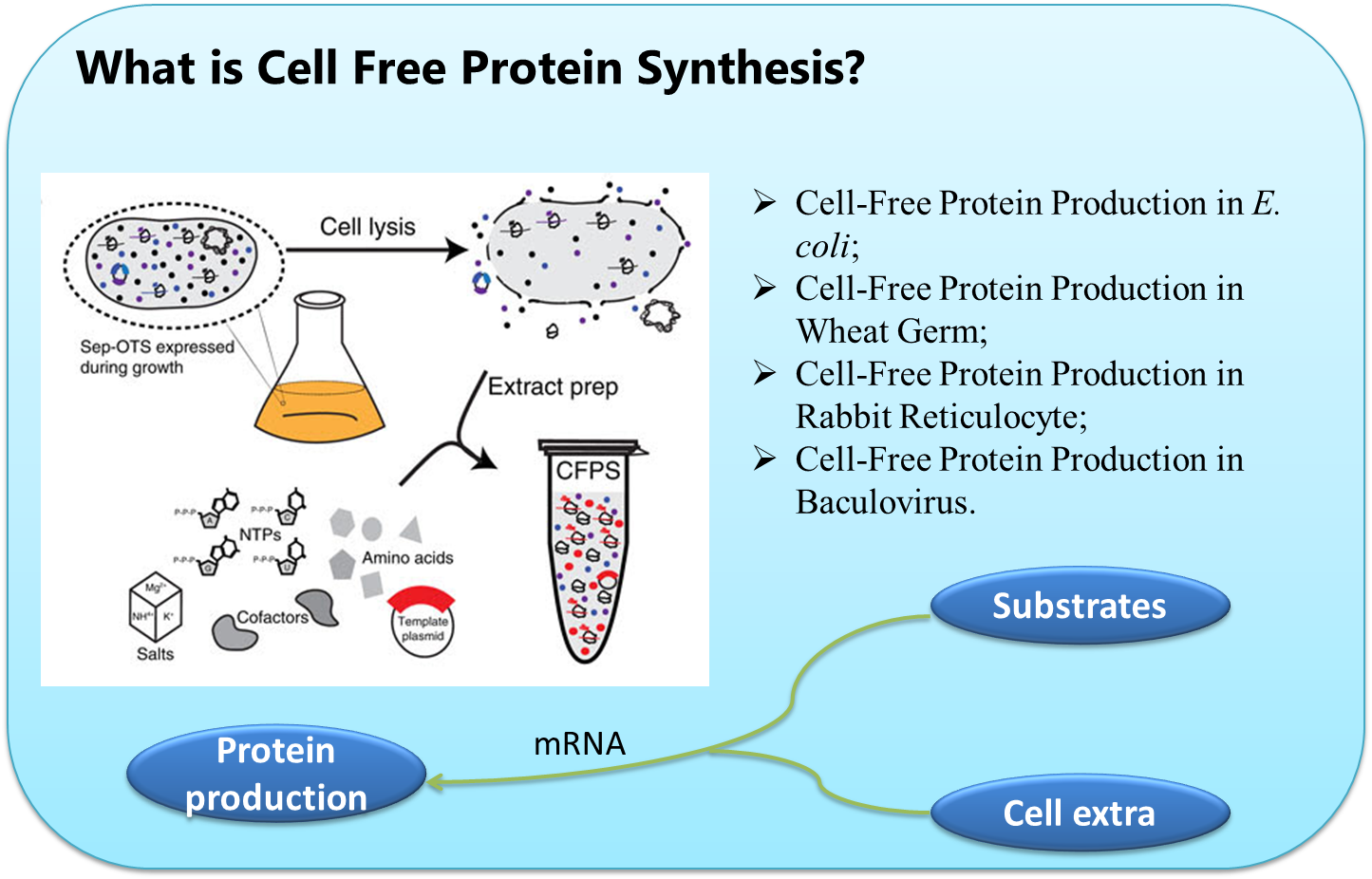
Cell-free protein synthesis (CFPS) has been developed as a powerful technology and strategies to perform protein production simply and efficiently. Compared to in vivo protein production system, CFPS has several key advantages, such as rapid preparation, reduced processing timeframes, open reaction environment, the ability to use special substrates, and the ability to direct all the resources toward the production of a single product. Prior to their evolution as a production…
